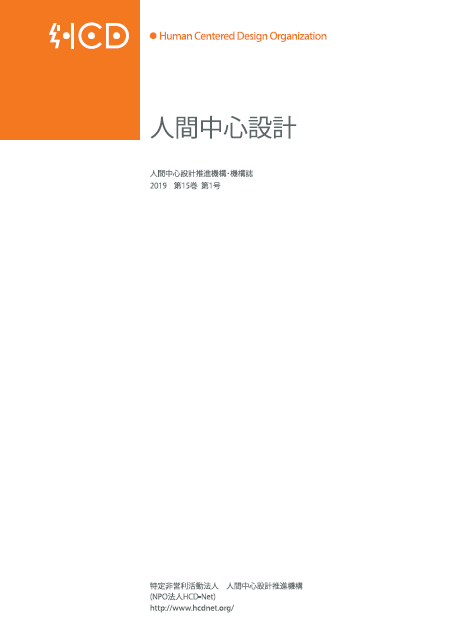Volume 17, Issue 1
Displaying 1-11 of 11 articles from this issue
- |<
- <
- 1
- >
- >|
Front Matter
-
Article type: Cover
2021 Volume 17 Issue 1 Pages 0
Published: September 30, 2021
Released on J-STAGE: October 22, 2021
Download PDF (75K) -
Article type: Table of Contents
2021 Volume 17 Issue 1 Pages 0_1
Published: September 30, 2021
Released on J-STAGE: October 22, 2021
Download PDF (206K)
Original Paper
-
Article type: Original Paper
2021 Volume 17 Issue 1 Pages 1-8
Published: September 30, 2021
Released on J-STAGE: October 22, 2021
Download PDF (1672K) -
Article type: Original Paper
2021 Volume 17 Issue 1 Pages 9-16
Published: September 30, 2021
Released on J-STAGE: October 22, 2021
Download PDF (1294K) -
Article type: Original Paper
2021 Volume 17 Issue 1 Pages 17-25
Published: September 30, 2021
Released on J-STAGE: October 22, 2021
Download PDF (1540K)
Short Note
-
Article type: Short Note
2021 Volume 17 Issue 1 Pages 26-29
Published: September 30, 2021
Released on J-STAGE: October 22, 2021
Download PDF (572K)
Technical Report (View Report)
-
Article type: Technical Report (View Report)
2021 Volume 17 Issue 1 Pages 30-35
Published: September 30, 2021
Released on J-STAGE: October 22, 2021
Download PDF (614K)
Back Matter
-
Article type: Submission Rules
2021 Volume 17 Issue 1 Pages 37-38
Published: September 30, 2021
Released on J-STAGE: October 22, 2021
Download PDF (288K) -
Article type: Submission Guidelines
2021 Volume 17 Issue 1 Pages 39-40
Published: September 30, 2021
Released on J-STAGE: October 22, 2021
Download PDF (285K) -
Article type: Editorial Postscript
2021 Volume 17 Issue 1 Pages 41_1
Published: September 30, 2021
Released on J-STAGE: October 22, 2021
Download PDF (285K) -
Article type: Colophon
2021 Volume 17 Issue 1 Pages 41_2
Published: September 30, 2021
Released on J-STAGE: October 22, 2021
Download PDF (285K)
- |<
- <
- 1
- >
- >|
